Learning Domain Driven Design - DDD Learning Platform
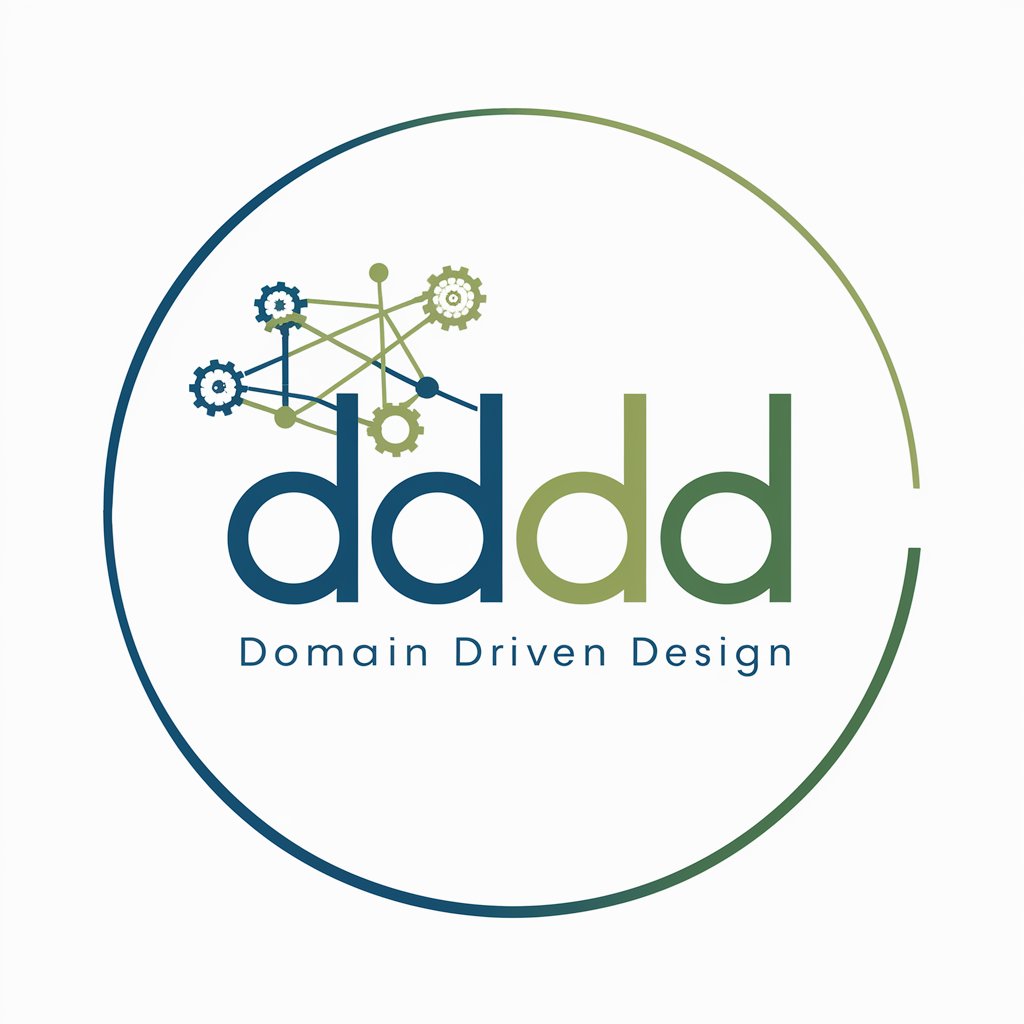
Welcome! Let's explore Domain Driven Design together.
Empower software design with AI-driven DDD insights.
How can I apply bounded contexts to my current project?
What are some examples of ubiquitous language in DDD?
Can you explain the importance of strategic design in DDD?
How do I identify and define subdomains in my business?
Get Embed Code
Introduction to Learning Domain Driven Design (DDD)
Learning Domain Driven Design (DDD) is a specialized GPT aimed at fostering understanding and application of DDD principles in software development and business strategy alignment. It is designed to assist users in grasping and utilizing DDD concepts such as bounded contexts, ubiquitous language, and strategic design to create software that accurately reflects and supports business goals. For example, in a retail e-commerce system, Learning DDD can guide in identifying separate bounded contexts for order management and customer support, ensuring clear boundaries and focused models for each area of the business. This helps in reducing complexity and improving team communication with a ubiquitous language tailored to each context. Powered by ChatGPT-4o。

Main Functions of Learning Domain Driven Design
Guidance on Bounded Contexts
Example
In a healthcare application, Learning DDD can help delineate bounded contexts between patient management, appointment scheduling, and medical billing, advising on the development of distinct models that cater to the specific logic and language of these areas.
Scenario
When a healthcare startup is merging systems from different acquisitions, Learning DDD can be used to identify and separate these bounded contexts, facilitating clearer integration and reducing conflicts between systems.
Facilitation of Ubiquitous Language Creation
Example
For a logistics company, it can assist in developing a common language for describing operations across disparate teams, such as shipping, warehousing, and inventory management, ensuring that terms like 'shipment' and 'delivery' have clear, agreed-upon meanings.
Scenario
During the redesign of a logistics company's software system, Learning DDD guides in establishing a ubiquitous language that bridges the communication gap between software developers and operational staff, enhancing collaboration and system usability.
Strategic Design Advice
Example
It offers strategies for large-scale system design, suggesting approaches like microservices or modular monoliths that align with the company's strategic goals and technical constraints.
Scenario
A fintech company planning to scale its operations can use Learning DDD to explore strategic design options, analyzing how to best structure its system architecture to support rapid growth and adaptability.
Ideal Users of Learning Domain Driven Design
Product Managers
Product managers can benefit from Learning DDD by gaining insights into how to align software features and architecture with business requirements and customer needs, ensuring that development efforts are strategically focused and deliver value.
Software Engineers
Software engineers can utilize Learning DDD to better understand and implement DDD principles in their code, leading to more maintainable, scalable, and business-aligned software solutions.
Salespeople
Salespeople working in technology companies can leverage Learning DDD to understand the technical aspects of the products they sell, enabling them to communicate more effectively with potential customers about the benefits of a DDD approach in solving their business challenges.

How to Utilize Learning Domain Driven Design
Start Your Journey
Begin by exploring the tool's capabilities without commitments; visit yeschat.ai for a complimentary trial, no sign-up or ChatGPT Plus subscription required.
Identify Your Needs
Determine the specific challenges or areas within your project or organization where DDD principles could be applied. Common use cases include complex system designs, improving team communication, or aligning software development with business strategies.
Engage with Content
Utilize the tool to access resources, tutorials, and examples that are relevant to your identified needs. This can range from strategic design to tactical patterns, ensuring a comprehensive understanding of DDD.
Apply DDD Concepts
Start applying DDD principles to your projects. Use the tool to simulate scenarios, draft bounded contexts, and refine your ubiquitous language, integrating feedback from your team and the tool to iterate and improve.
Review and Adapt
Regularly review the impact of implemented DDD concepts on your projects. Use insights and analytics from the tool to adjust your strategies, ensuring continuous alignment with business goals and team capabilities.
Try other advanced and practical GPTs
Formation
Empowering Your Words with AI

Ascension
Shape Your Destiny with AI

Formateur Blogueur
AI-Powered Blogging for Professional Training

诗歌回声
Echoing the depths of Chinese poetry with AI

Understood Work
AI-Driven Clarity for Complex Tasks
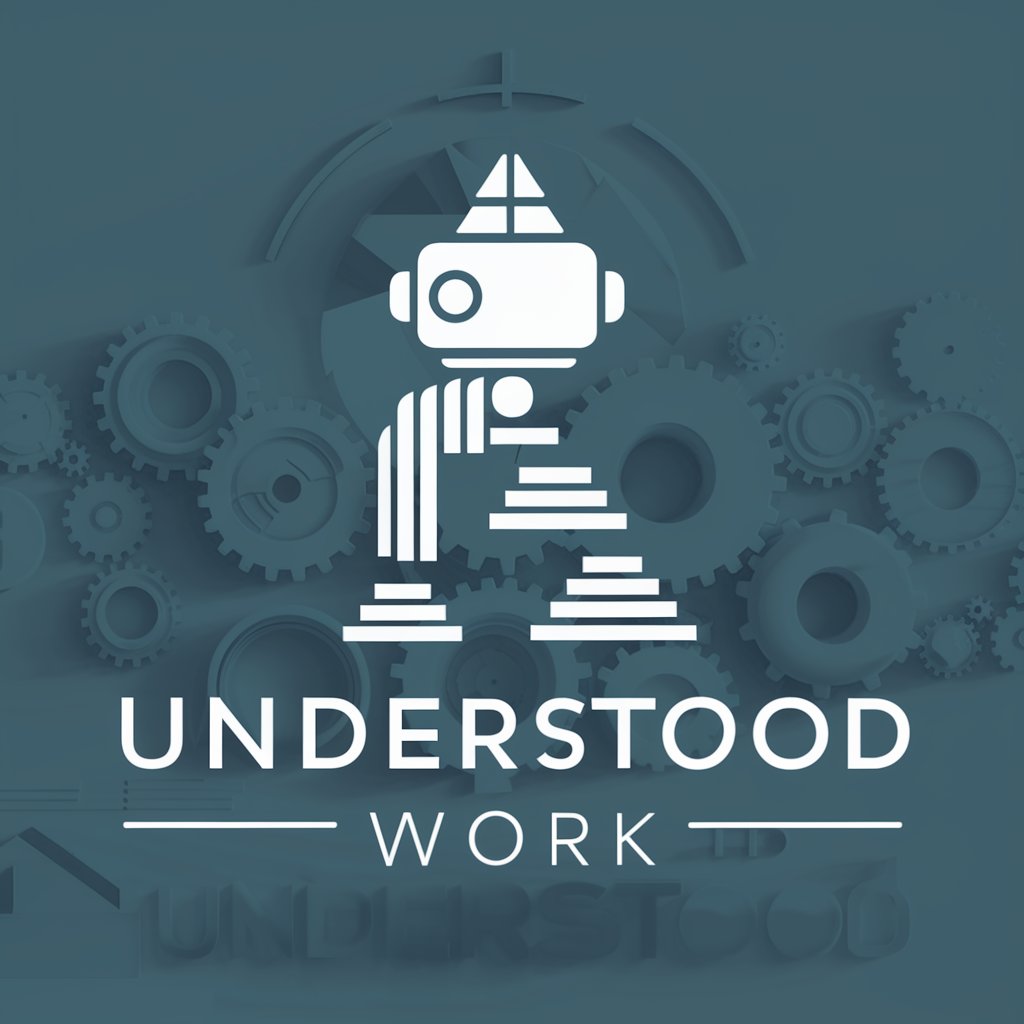
Understood You
Understanding You, Enhancing Communication

InnovationYRP
Empowering Innovation with AI
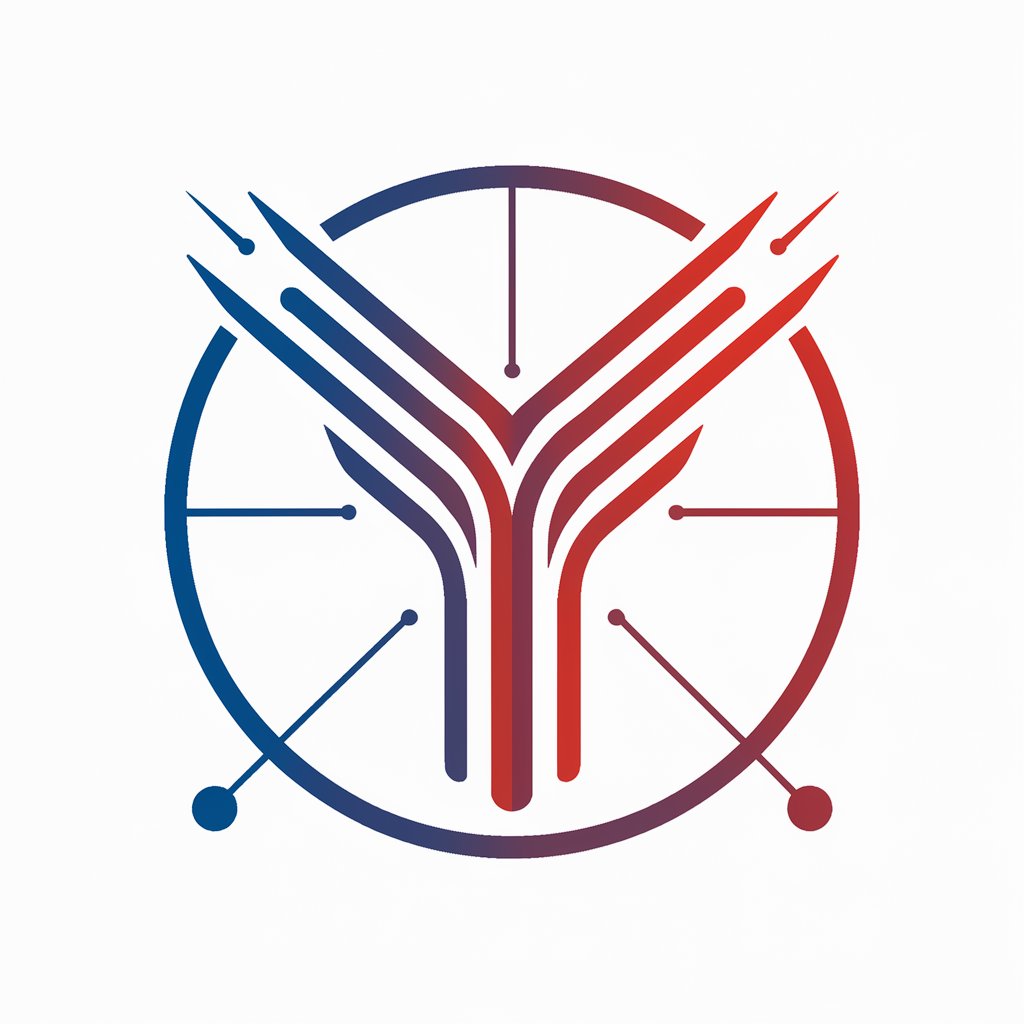
AI Tools Consultant
Your Gateway to AI-Powered Solutions
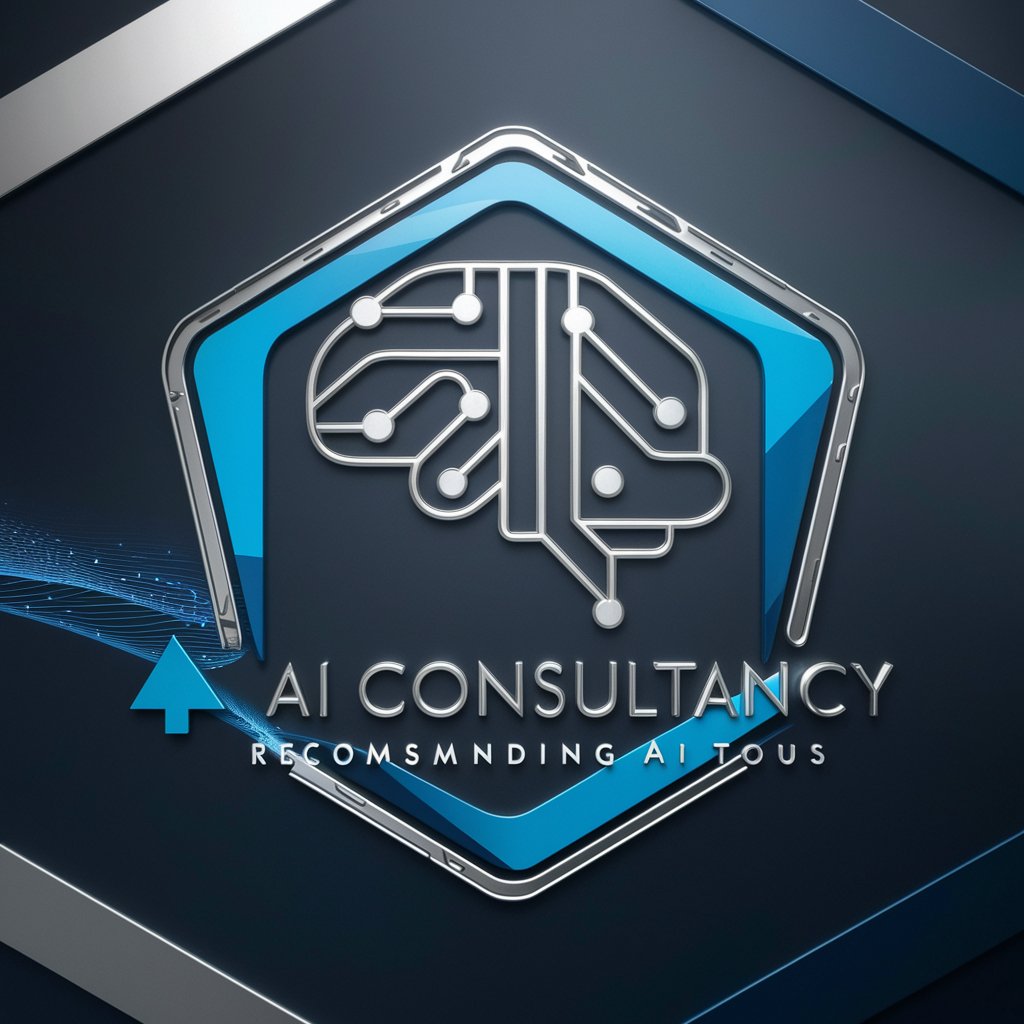
Master of Realms
Craft Your Unique, AI-Powered Adventure

书籍推荐专家
Discover Your Next Read with AI-Powered Precision

My Fit GPT
Your AI-powered Fitness Companion
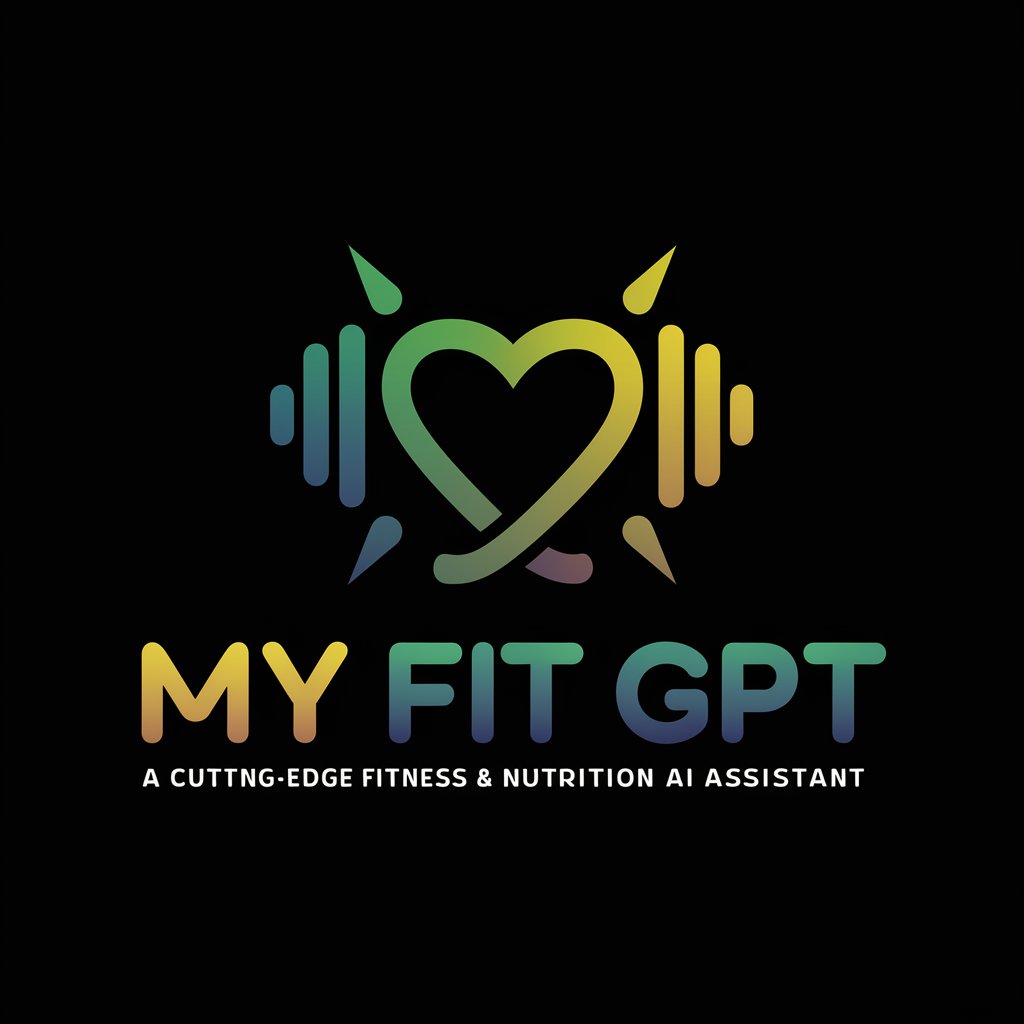
Market Insight Analyst
Empower Your Decisions with AI-Driven Market Analysis

FAQs about Learning Domain Driven Design
What is Domain Driven Design (DDD)?
DDD is a software design approach focused on modeling complex software systems according to business domains. It emphasizes collaboration between technical and non-technical team members to create a shared language and model that reflects the core business concepts and logic.
How can Learning Domain Driven Design assist in my project?
This tool facilitates the application of DDD principles by offering guidance, examples, and interactive tools. It helps in identifying bounded contexts, establishing a ubiquitous language, and understanding complex domain logic, making it easier to align software design with business needs.
Can Learning Domain Driven Design help in reducing project complexity?
Yes, by applying DDD principles through the tool, you can break down complex projects into manageable parts, focus on core functionalities, and improve team communication, thereby reducing overall project complexity and increasing adaptability.
Is Learning Domain Driven Design suitable for startups?
Absolutely. Startups can benefit significantly from DDD's focus on core business values and streamlined communication. The tool provides a structured approach to tackling startup challenges, helping to clarify business models and software requirements early on.
How does Learning Domain Driven Design integrate with existing workflows?
The tool is designed to complement existing workflows by providing a layer of domain modeling and design thinking. It can be used in conjunction with project management tools and development environments, facilitating a smooth integration of DDD concepts into your team's daily activities.
